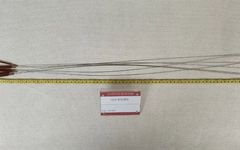
Acupuncture, as a suitable technique in Traditional Chinese Medicine (TCM),
is familiar to everyone.
But have you heard of Mang Needle (蟒针)?
There is a seven-character quatrain from the late Qing Dynasty titled “Mang Needle Ode”
that vividly describes the shape and power of the Mang Needle.
Thick and long like a python
Subduing demons and driving away evil winds
Startling seizures, madness, paralysis
Needle to the ailment, miraculous effects revealed
So how does Mang Needle differ from ordinary acupuncture in TCM?
What unique aspects does it have in clinical practice?
At the Shenzhen Museum of Traditional Chinese Medicine,
there is a collection of Mang Needles.
Today, let’s take a closer look!
 The Origin of the Name Mang Needle
The Origin of the Name Mang Needle
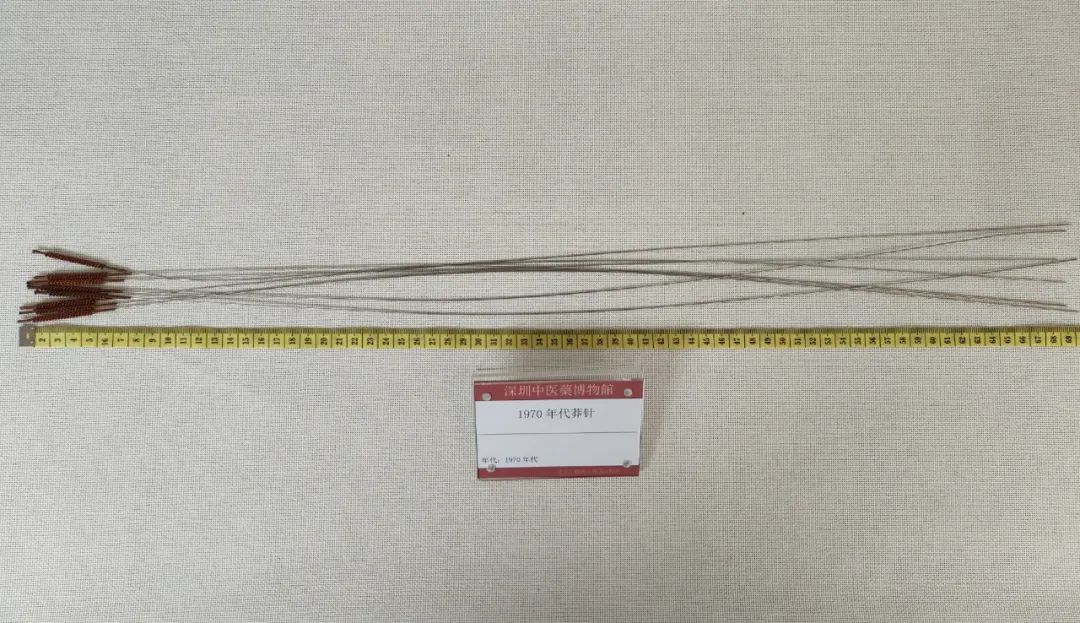
The Mang Needle collected at the Shenzhen Museum of Traditional Chinese Medicine (made of stainless steel, 70cm long, 0.8mm in diameter) The Mang Needle therapy is part of the heritage of traditional Chinese medicine, and like other acupuncture techniques, it is a unique method that has gradually formed through the long struggle of the Chinese nation against diseases. The Mang Needle is a relatively thick and long needle, retaining the characteristics of ancient stone needles, bamboo needles, and bone needles, making it a brilliant flower in the garden of acupuncture.The Mang Needle primarily utilizes the principles of the “Inner Canon of Huangdi” (《黄帝内经》), adhering to the twelve regular meridians and the eight extraordinary vessels as guidelines for direct access to acupoints, emphasizing “better to miss the acupoint than to miss the meridian.” The Mang Needle is often used along the meridians for acupuncture,like a python slithering through the grass and resemblesa great python among medical needles, hence the name.The longest Mang Needle can reach 24 inches (80cm), with a maximum diameter of1mm.Before the term “Mang Needle” was established, different regions had various names for thick and long needles. For example, in the Jiangnan area, it was called “Da Liang Needle”; in Henan and Hebei, it was referred to as “Guo Liang Needle”; in Heilongjiang, it was called “Thick Needle”; in Inner Mongolia, it was known as “Long Needle”; and in other places, it was called “Snake Needle,” “Giant Needle,” or “Big Needle.” In 1982, at the Northeast Acupuncture Academic Exchange Conference, experts discussed and unified the term as “Mang Needle.”  The Origin and Development of Mang Needle
The Origin and Development of Mang Needle

Model of the Nine Needles of the Yellow Emperor
(Collection of the Shenzhen Museum of Traditional Chinese Medicine)
The Mang Needle developed from the ancient “Nine Needles”. The “Inner Canon of Huangdi” recordsChai Needle, Yuan Needle, Ling Needle, Feng Needle, Bi Needle, Yuan Li Needle, Hao Needle, Long Needle andDa Needle as the nine types of needles. The Mang Needle is a combination of the Long Needle and the Da Needle among the nine needles, inheriting and developing from the ancient nine needle tools. In the “Spiritual Pivot: Heat Disease Chapter” (《灵枢·热病篇》), it is recorded that“When there is a偏枯, the body is偏不用 and painful, the words do not change, the will is not disturbed, the disease is between the分腠, the giant needle is used to take it, benefiting the insufficient and reducing the excess, then it can be restored“. The giant needle mentioned refers to the Long Needle and the Da Needle among the nine needles, which later formed the Mang Needle. The detailed record of the Mang Needle is found in the specialized book “Mang Needle Ode” from the late Qing Dynasty, which has since been lost and rarely used by later generations.
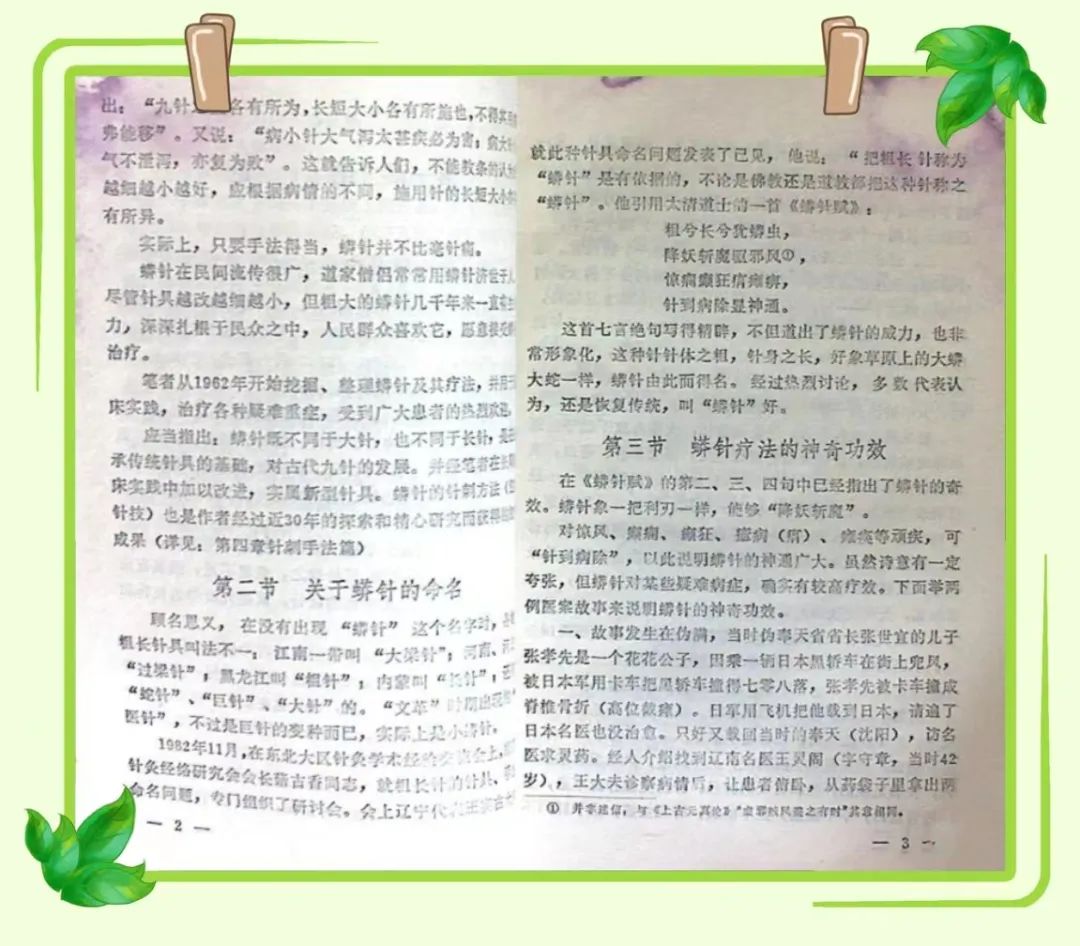
Book on Mang Needle Therapy
In the early 1960s, under the guidance of national TCM policies, various acupuncture techniques flourished, and both domestic and international interest in TCM acupuncture surged, with various needle techniques developing vigorously, among which Mang Needle therapy is a unique gem. Professor Wang Shigu from Liaoning, an acupuncture expert, heard that Master Sha Ling from Beizhen, Liaoning, was skilled in using Mang Needle to treat the public and relieve suffering, and he decided to explore this unique technique. In 1962, he was introduced to the renowned physician Zhang Langxuan in Liaoxi and became a disciple of Master Sha Ling, diligently studying Mang Needle therapy. He worked day and night, delving deeply into research, and achieved remarkable clinical results. After more than twenty years of clinical practice, he summarized and compiled the book “Mang Needle Therapy,” adding a new brilliance to the field of acupuncture. In 1986, the Liaoning Provincial Health Department and the Liaoning Provincial TCM Association established the “Liaoning Mang Needle Research Center,” further promoting research on Mang Needle. Today, Mang Needle therapy is no longer an unattainable giant; many acupuncturists at home and abroad have achieved great success using Mang Needle to treat difficult and complicated diseases. Characteristics of Mang Needle Therapy
Characteristics of Mang Needle Therapy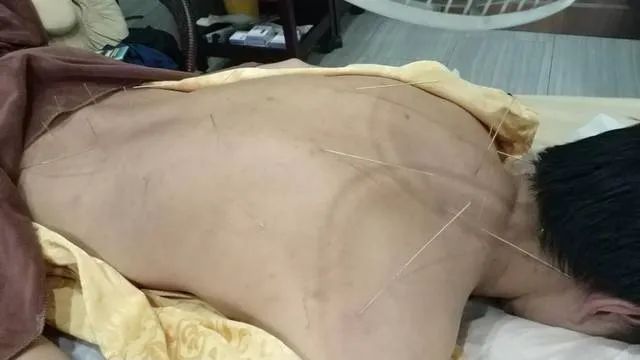 Mang Needle therapy for treating ankylosing spondylitisHow to Use Mang Needle
Mang Needle therapy for treating ankylosing spondylitisHow to Use Mang Needle Many people have a question: with such a long Mang Needle, how is it used? Will it penetrate the body? In fact, the Mang Needle treatment method differs from that of the fine needle; the Mang Needleis used along the meridians, often employing flat needling, and the needle tip is slightly blunt, which helps avoid nerves and blood vessels during the needling process;while fine needles are mostly used for direct needling of acupoints.
Many people have a question: with such a long Mang Needle, how is it used? Will it penetrate the body? In fact, the Mang Needle treatment method differs from that of the fine needle; the Mang Needleis used along the meridians, often employing flat needling, and the needle tip is slightly blunt, which helps avoid nerves and blood vessels during the needling process;while fine needles are mostly used for direct needling of acupoints.

Fine needles are mostly used for direct needling
Many believe that the finer and smaller the needle, the less painful it is to penetrate the skin; this has some truth but is also one-sided. In fact, as long as the technique is appropriate, the Mang Needle is not more painful than the fine needle. The “Spiritual Pivot: Official Needling” (《灵枢·官针》) states:“Each of the nine needles has its own purpose, and the length and size vary according to their application; if not used correctly, the disease cannot be moved“. It also says: “If the disease is small and the needle is large, the qi will leak too much, and the disease will surely harm; if the disease is large and the needle is small, the qi will not leak, and it will also be detrimental“.This tells us that one should not dogmatically believe that finer needles are better; the length and size of the needle should vary according to the different conditions of the disease..Characteristics of Mang Needle The greatest characteristic of the Mang Needle is its ability to “follow the meridian to access acupoints. It can be inserted along the meridian lines either in a forward or reverse direction. Due to its thickness and length, flat needling allows for quick access to acupoints, resulting in strong stimulation and rapid qi arrival. The technique is complex and varied, allowing forvertical and horizontal needling,divergent needling,bridging needling,direct thrusting, andcurved needling, adapting flexibly to clinical changes and selecting according to syndrome differentiation. Through the function of meridian conduction, it adjusts qi and blood, supports the righteous and expels the evil, balancing yin and yang, thus achieving the result of “the key to needling is that qi arrives and is effective” (《灵枢·九针十二原》).How to Select Acupoints for Mang Needle
The greatest characteristic of the Mang Needle is its ability to “follow the meridian to access acupoints. It can be inserted along the meridian lines either in a forward or reverse direction. Due to its thickness and length, flat needling allows for quick access to acupoints, resulting in strong stimulation and rapid qi arrival. The technique is complex and varied, allowing forvertical and horizontal needling,divergent needling,bridging needling,direct thrusting, andcurved needling, adapting flexibly to clinical changes and selecting according to syndrome differentiation. Through the function of meridian conduction, it adjusts qi and blood, supports the righteous and expels the evil, balancing yin and yang, thus achieving the result of “the key to needling is that qi arrives and is effective” (《灵枢·九针十二原》).How to Select Acupoints for Mang Needle
The selection of acupoints for Mang Needle therapy is based on the therapeutic range ofthe twelve meridians, Ren and Du meridians, and extraordinary acupoints, emphasizing a holistic view, syndrome differentiation, and focusing on adjusting the Ren and Du meridians.
Almost all acupoints are accessible with the Mang Needle; for example, using the Yangxi (阳溪) and Quchi (曲池) acupoints of the Large Intestine Meridian, one needle can access seven acupoints: Yangxi, Pianli, Wenliu, Xialian, Shanglian, Shousanli, and Quchi. In contrast, fine needles access very few acupoints. The depth of insertion for the Mang Needle (referring to flat needling) can reach up to 24 inches, such as accessing the Yangguan (阳关) to Huanjiao (环跳) acupoints. In contrast, the depth of insertion for fine needles is generally between 1-3 inches.
Treatment Scope of Mang Needle
The Mang Needle, being thick and long, allows for deep insertion, prolonged retention, and strong sensation, enabling it to simultaneously unblock meridians and muscles, regulate yin and yang, harmonize qi and blood, and relieve blockages, thus achieving pain relief and adjusting the body’s internal functions. Its principle consistently follows the TCM theory of “pain indicates blockage, and unblocking leads to no pain.”
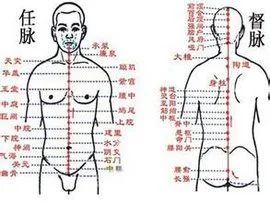
Diagram of the Ren and Du meridians in the human body
The treatment scope of the Mang Needle is extensive; it is currently used clinically for treating conditions such as seizures, madness, epilepsy, sequelae of cerebral infarction and hemorrhage, pediatric cerebral palsy, limb atrophy and numbness, neck, shoulder, waist, and leg pain, post-stroke paralysis, paralysis due to trauma, bone and joint diseases, and other difficult and complicated diseases.
 ConclusionThe Mang Needle therapy, as a technique formed through the long struggle of the Chinese nation against diseases, plays a unique role in treating many difficult and complicated diseases. We look forward to more TCM experts inheriting, innovating, and promoting this medical treasure of our country, making greater contributions to the health of the people.Note: Some images in this article are sourced from the internet; if there is any infringement, please contact the editor for removal.
ConclusionThe Mang Needle therapy, as a technique formed through the long struggle of the Chinese nation against diseases, plays a unique role in treating many difficult and complicated diseases. We look forward to more TCM experts inheriting, innovating, and promoting this medical treasure of our country, making greater contributions to the health of the people.Note: Some images in this article are sourced from the internet; if there is any infringement, please contact the editor for removal.
References:
1.“Mang Needle Therapy” by Wang Shigu; Publisher: Shenyang Publishing House
2. “Chinese Special Needle Technique: Mang Needle” by Long Guori; Publisher: People’s Health Publishing House
 END
END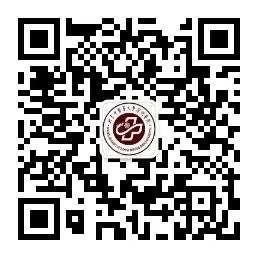 Shenzhen Museum of Traditional Chinese Medicine
Shenzhen Museum of Traditional Chinese Medicine
Editor: Li Zhipeng
Reviewer: Ding Liping

